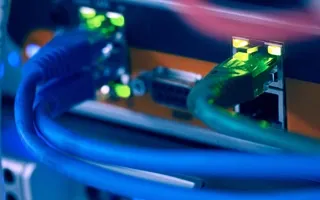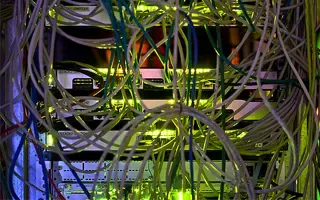Suggested Articles:
IP Protocol
IP Protocol - Part 1: Binary & The Internet Proto…
To understand the Internet Protocol, we need to learn and understand Binary. It is very important to know and understand Binary because part of the I…
TCP - UDP Protocol Analysis
UDP Protocol - Header
This article covers the UDP protocol. We examine the structure of the UDP header, the protocols that use UDP as a transport plus a lot more.
Some co…
TCP - UDP Protocol Analysis
Transmission Control Protocol - Part 4: In-Depth…
This article is an introduction to the 7-page TCP Header analysis section that follows. We briefly view each section of the TCP Header and then move…
Network Address Translation - NAT
Static NAT - Part 2
The previous page (Static NAT - Part 1) helped us understand what exactly happens with Static NAT and how it works, and we saw a few examples of how…
Featured Subcategories:
Netflow Articles:
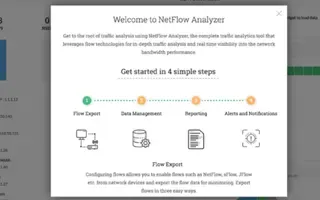
NetFlow Analyzer: Free Download, Step-by-Step Ins…
In our previous article we explained how a Netflow Analyzer can help you gain visibility into your user traffic, application traffic and data flows w…
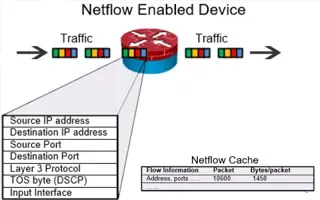
Complete Guide to Netflow: How Netflow & its Comp…
This article will cover the basics of Netflow, including its use cases, Netflow supported devices, Netflow history, and variants. We’ll also dive int…
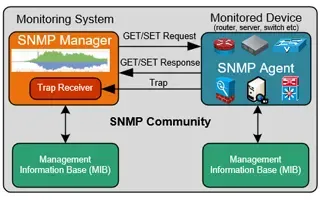
Netflow vs SNMP. Two Different Approaches to Netw…
SNMP (Simple Network Management Protocol) and Netflow are both popular protocols with admins, prized for their ability to give visibility over the ne…

Netflow: Monitor Bandwidth & Network Utilization…
Monitoring network traffic & bandwidth usage via Netflow is mandatory for any type and size network. Gaining visibility into user traffic, applic…
Wi-Fi Key Generator
Follow Firewall.cx
Cisco Password Crack
Decrypt Cisco Type-7 Passwords on the fly!

VLAN Networks
Static VLANs
VLANs are usually created by the network administrator, assigning each port of every switch to a VLAN. Depending on the network infrastructure and securit…
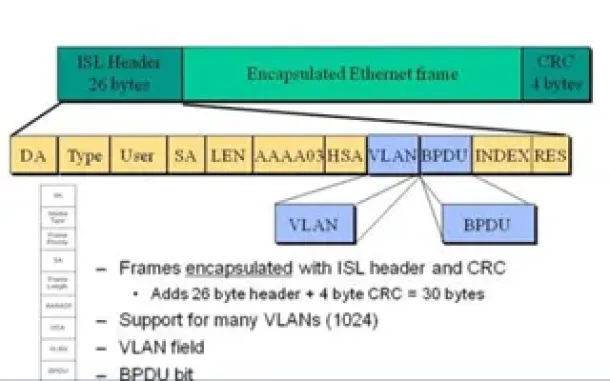
VLAN Networks
VLAN InterSwitch Link (ISL) Protocol Analysis
Deciding whether to use ISL or IEEE 802.1q to power your trunk links can be quite confusing if you cannot identify the advantages and disadvantages of eac…
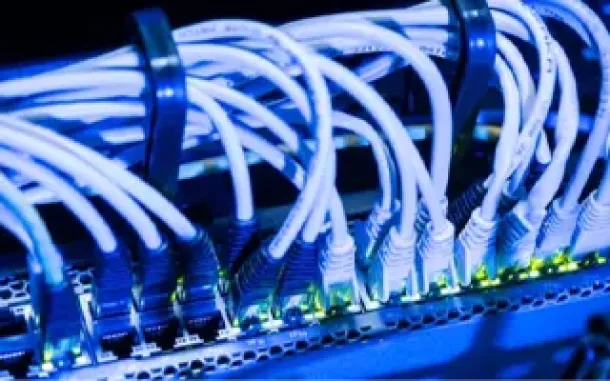
VLAN Networks
Dynamic VLANs
Dynamic VLANs were introduced to grant the flexibility and complexity(!) that Static VLANs did not provide. Dynamic VLANs are quite rare because of their…

VLAN Networks
VLANs - Access & Trunk Links
If you've read our previous article The VLAN Concept - Introduction to VLANs then you should feel comfortable with terms such as 'VLAN', 'Stati…

Routing
The IP Routing Process - Step-by-Step Analysis
We are going to analyse what happens when routing occurs on a network (IP routing process). When I was new to the networking area, I thought that all you…
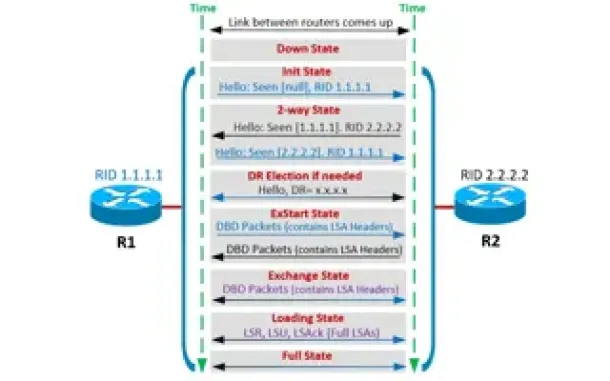
Routing
OSPF - Part 4: OSPF Neighbor States – OSPF Neighbor Fo…
This is the third article of our OSPF series which analyzes the different OSPF States routers go through during the OSPF discovery and neighbor forming pr…

Routing
Enhanced Interior Gateway Routing Protocol - EIGRP
Enhanced Interior Gateway Routing Protocol (EIGRP), similar to IGRP, is a Cisco proprietary routing protocol that is used to exchange routing information…
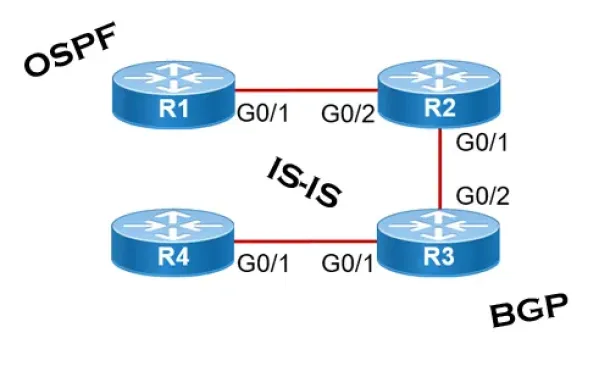
Routing
Link State Routing Protocols
Link State routing protocols do not view networks in terms of adjacent routers and hop counts, but they build a comprehensive view of the overall network…
Cisco Routers
Cisco 880W (881W, 886W, 887W, 888W) Multiple - Dual SS…
This article shows how to configure the embedded or integrated access point in a Cisco 880W series router (e.g Cisco 887W, Cisco 886W, Cisco 881W, Cisco 8…
Windows Servers
How to Easily Change Network Card Profile / Network Lo…
Network Location Awareness (NLA) is a feature offered on Windows Server 2012 R2 and all Windows workstation editions from Windows 8.1 and above, including…
Cisco Firewalls
Upgrading - Uploading AnyConnect Secure Mobility Clien…
This article will show how to download and upload the newer AnyConnect 4.x VPN clients to your Cisco ASA Firewall appliance (5500 & 5500-X Series) and…
Cisco Wireless
Wireless (Wifi) WEP WPA WPA2 Key Generator
The Firewall.cx Wireless LAN Key Generator will allow the generation of a WEP or WPA ASCII based encryption key and will provide the equivalent HEX or…







